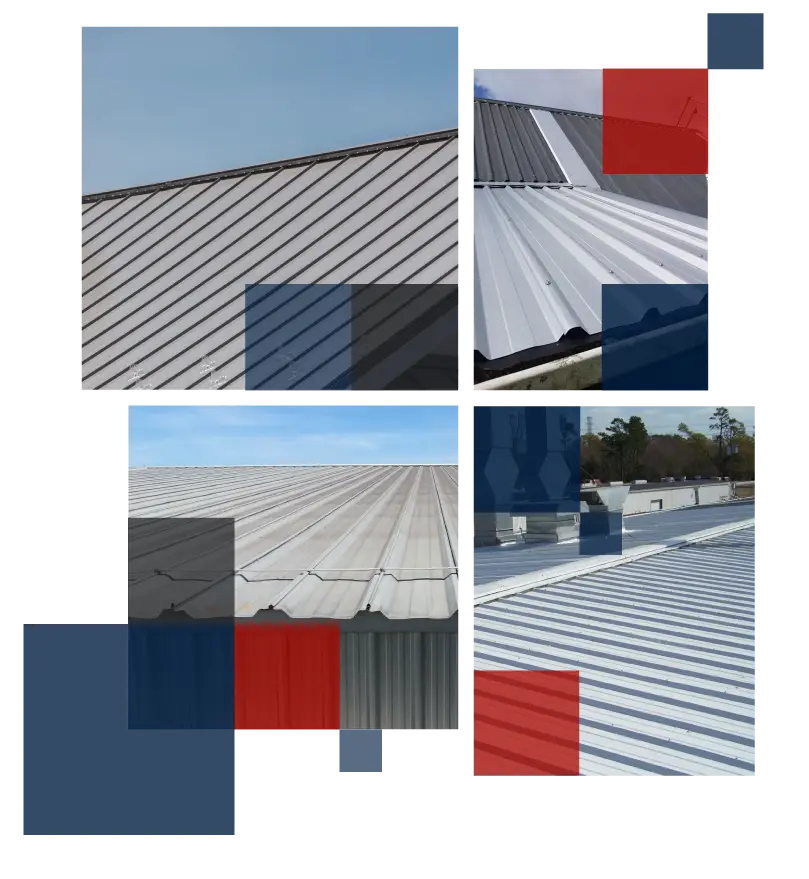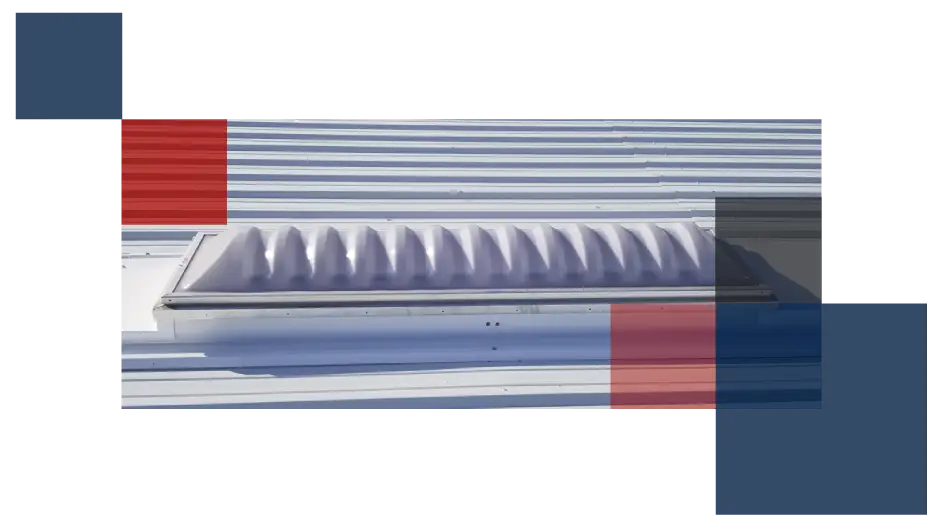Before the evolution of our clip system, all roofs constructed with mechanical fasteners were subject to catastrophic failure from “pull out” forces on those fasteners. Mr. Nelson recognized that if he could design a system that would require “shear force” instead of “pull out” force for a roof to fail, TBP™ could offer a roof that was five times stronger than anything on the market.
After modifications and testing of the clip design, Mr. Nelson was able to create a system with fasteners that are subject to shear force. As a result, we can now offer metal roofing systems with 300 MPH wind ratings, while remaining competitively priced compared to less resilient roof systems.



